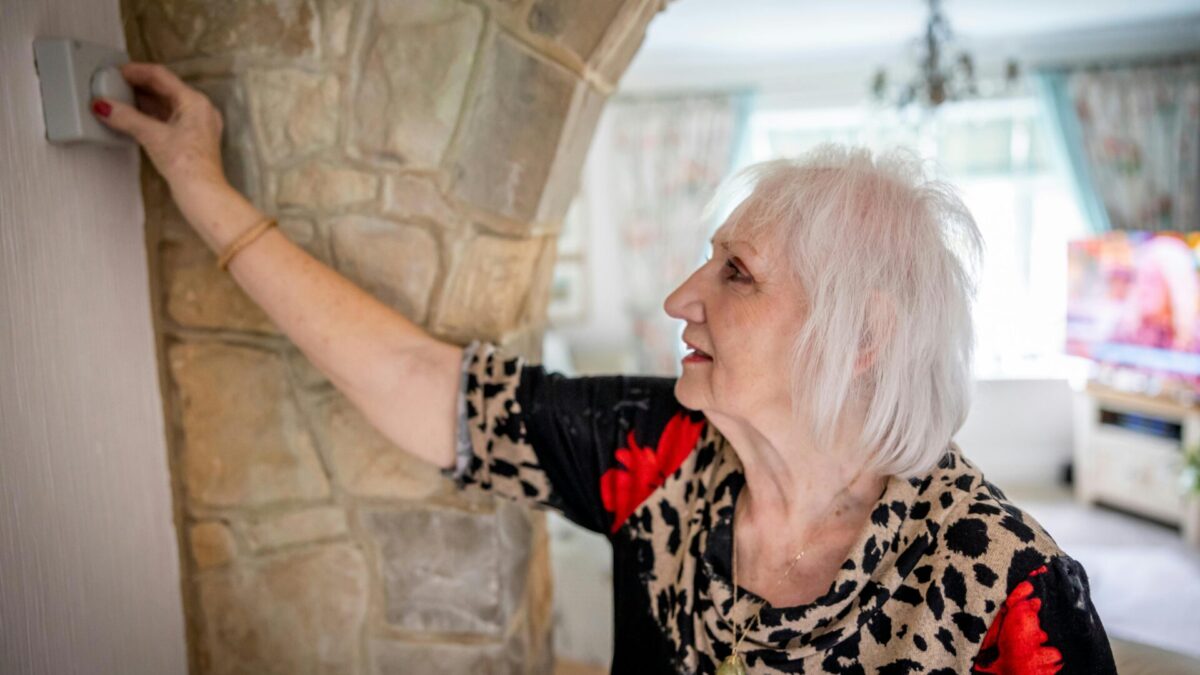When you think about budgeting, you probably imagine spreadsheets, financial apps, or maybe even envelope systems. What you don’t picture is a sleek little device on your wall—the thermostat.
But for me, a smart thermostat turned out to be one of the most unexpectedly powerful tools in my budgeting journey. Not only did it cut my utility bills, but it also helped me become more mindful of my habits, automate smarter decisions, and save money without sacrificing comfort.
Here’s how this little gadget became a surprisingly smart budgeting assistant—and how it can do the same for you.
The Hidden Cost of “Set and Forget”
Like most people, I used to set the thermostat when I was cold or hot and barely thought about it again. But energy costs can quietly eat up a big portion of your monthly budget, especially during peak seasons.
What I didn’t realize was just how much money I was losing by heating or cooling an empty home, or keeping the temperature a few degrees higher or lower than necessary.
A smart thermostat changed all that.
What Makes a Thermostat “Smart”?
Smart thermostats—like those from Nest, Ecobee, or Honeywell—connect to Wi-Fi and learn your habits over time. They can:
- Automatically adjust when you’re not home
- Create energy-efficient schedules
- Offer insights into your usage
- Allow remote control from your phone
- Integrate with voice assistants like Alexa or Google Home
It’s like having a personal assistant for your HVAC system.
Small Adjustments, Big Savings
After installing mine, I noticed a change within the first month.
I set the thermostat to lower the heat during the day when I was at work and at night while I slept. In the summer, it allowed the temperature to rise a few degrees during peak heat when I wasn’t home, then cool down just before I walked through the door.
The result? A noticeable drop in my energy bill—between $20 and $40 a month, depending on the season.
That may not sound like much, but over a year, it’s hundreds of dollars—just from letting tech do the work.
The Psychology of Control
The unexpected bonus? It made me feel more in control of my budget.
Watching the energy usage charts made me more aware of my patterns. I started applying that same awareness to other areas:
- Was I leaving lights on unnecessarily?
- Could I switch to off-peak laundry hours?
- Where else could I automate smarter choices?
The thermostat was the spark that helped me think more intentionally about energy—and ultimately, money.
It’s More Than Utilities—it’s a Mindset
Here’s what budgeting and a smart thermostat have in common: they both reward small, consistent habits.
- Lowering the heat by 2 degrees won’t change your life—but doing it daily will.
- Skipping a daily $5 coffee won’t make you rich—but doing it regularly will.
A smart thermostat makes those habits automatic. No daily effort required. And that’s what great budgeting is all about—setting systems that support you without constant thought or stress.
Should You Get One?
If you’re trying to trim expenses without overhauling your lifestyle, a smart thermostat is one of the easiest wins. Installation is usually simple (some utilities even offer rebates), and the long-term savings pay off faster than most gadgets.
But beyond the numbers, the real benefit is how it shifts your mindset—from reactive to proactive, from short-term to long-term thinking.
The Bottom Line
A smart thermostat won’t replace your budgeting app—but it just might be the silent partner that helps you build better habits, save money effortlessly, and gain confidence in managing your home and your wallet.
And sometimes, that’s the smartest investment of all.
Unlock Full Article
Watch a quick video to get instant access.


Social Media